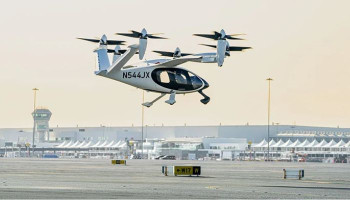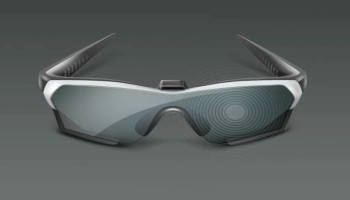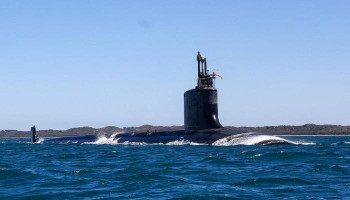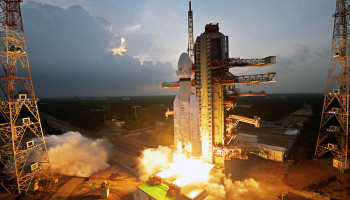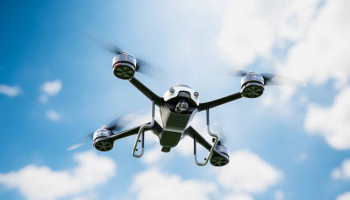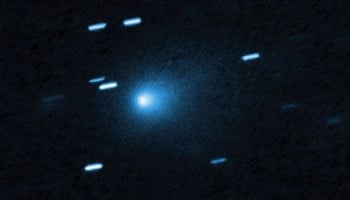
SpaceX, the private space exploration organisation, has fixed the problem that had its Falcon 9 rocket on the ground following an engine failure on July 11. However, the company completed an investigation and got the approval from the Federal Aviation Administration (FAA) to begin launching again, starting with the Starlink satellite mission today, July 27.
A SpaceX investigation team worked in conjunction with FAA officials to determine the root cause of the failure — a liquid oxygen leak caused by a cracked pressure sensor sense line.
The leak caused excessive cooling of the engine components, which caused a "hard start" with associated damage to the upper-stage engine.
Read more: NASA blows up inflatable space structure once again
Although the first stage performed normally, the second stage incident resulted in the loss of 20 Starlink satellites.
The SpaceX engineers would remove the faulty sense line and sensor, which aren't vital to the safety of the flight.
The company has also inspected, cleaned, and replaced the sense lines and clamps in its active booster fleet, SpaceX has done this. The changes have been tested under FAA oversight to ensure the rocket's safety.
Moreover, with the investigation complete, the Falcon 9 is no longer grounded. SpaceX plans to launch 23 of its Starlink broadband satellites from NASA’s Kennedy Space Centre in Florida today on July 27 at 12:21am ET.
This SpaceX Falcon 9 launch would be marked as the 17th launch and landing for this particular booster.
However, the rocket's upper stage then will continue hauling 23 satellites from Starlink to (Low Earth orbit) LEO, deploying them at 63 minutes after launch.





